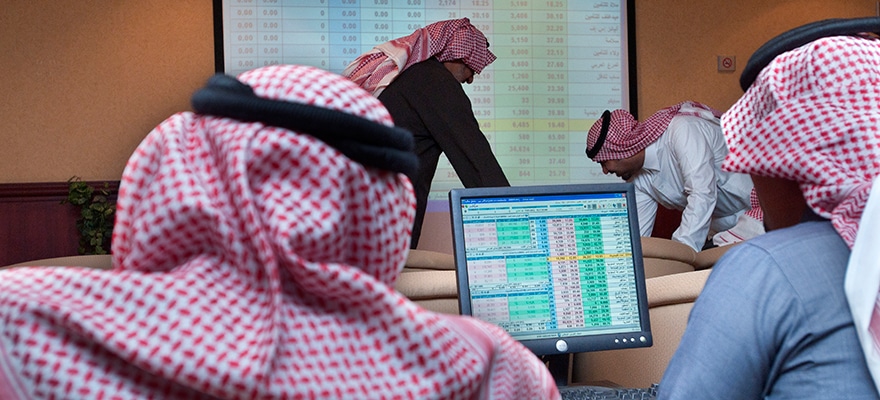In early January, the financial industry was caught off guard when Saudi Aramco confirmed that a future float was under consideration. Responses covered the whole spectrum - from optimistic opportunism to sneering cynicism.
Bloomberg reported that one financial adviser “had to pull over his car because he was laughing so hard” at Saudi’s plans to list a company larger than the economies of most nations.

Malcolm Graham-Wood, Founding Partner, HydroCarbon Capital
Attempts to put a value on Aramco are “heroic”, said Malcolm Graham-Wood, Founding Partner at HydroCarbon Capital: “They don’t pay any tax, you don’t know what their base numbers are like, there are no independent reserves figures. Can you imagine doing a CPR (competent person’s report) on Saudi Arabia?”
So far, estimates have ranged from $1 trillion to $10 trillion. According to the Economist, some 5% is being considered for a float and a decision is expected in the next few months.
This will of course produce an absolute windfall of US dollars for Saudi Arabia...
Aramco’s statement said it “has been studying various options to allow broad public participation in its equity through the listing in the capital markets of an appropriate percentage of the Company’s shares and/or the listing of a bundle of its downstream subsidiaries”.
Graham-Wood is skeptical of the ability to float Saudi Aramco, in part because of the level of transparency required in order to meet most global market requirements. Moreover, markets like London require a 25% free float to list.
Some of the excitement, he added, is likely because the world’s biggest investment banks, particularly those that are a fixture in the region like Standard Chartered and HSBC, are seeing dollar signs. “It’s a hell of a book. On a big company, they’d have 20 or 30 people on the book, and everyone’s got a good reason for being there,” said Graham-Wood.

Saeed Amen, Consulting Quant, Thalesians
“I think people are running before they can walk a little bit, and that we could still be talking about this in a year’s time,” he added.
Then there’s the timing of the announcement. “This will of course produce an absolute windfall of US dollars for Saudi Arabia, and it's coming at a time when people are saying they are running out of money.”
Aside from speculation over the float, the decades-long peg of the Riyal to the US dollar is also being scrutinized. As oil prices breach 12-year lows, the Kingdom will be “tempted” to depeg, said systematic trading fund r-squared macro.
“Because oil is US dollar denominated, devaluing the riyal from the dollar could boost the country’s declining oil revenues. Depegging the riyal would also relieve pressure on Saudi’s foreign currency reserves, which would otherwise be used to prop the riyal if the dollar strengthens with US normalization,” the fund wrote in a report.
Tempting, maybe. But likely? Analysts aren’t so sure.
Saeed Amen, Quant Strategist for the Thalesians, said that though Saudi’s spent some foreign reserves defending the peg, there’s a long way to go. He estimates some $630 billion, down from $740 billion last year.
...devaluing the riyal from the dollar could boost the country’s declining oil revenues
“If the oil price stays consistently low for a long enough period and you see an acceleration of the depletion of their reserves to a level whereby they can’t defend their currency, it increases the likelihood, but at this stage it’s unlikely,” he said.
Barclay’s Capital reckons without any fiscal adjustment and assuming no issuance of debt, Saudi Arabia’s government deposits and FX reserves would be eroded by 2019. In a client note, the investment bank said any imminent devaluation is unlikely given the comfortable level of reserves.
On the Aramco float, Amen said that potential investors will likely have geopolitical risks on their mind considering instability in the region.
That instability has been exacerbated by worsening tensions with Iran, where US sanctions were lifted. A major flash point early in the year erupted when Saudi executed a prominent cleric, inflaming sectarian divisions and geopolitical tensions across the Middle East.
How such factors play into Saudi’s fiscal strategy remains in question, but Graham-Wood is sanguine about the Kingdom’s money pile: “There is a reason to think (the Aramco float) might happen just because the dollars are in less supply than they were, but I wouldn’t worry about Saudi if I was you.”



















